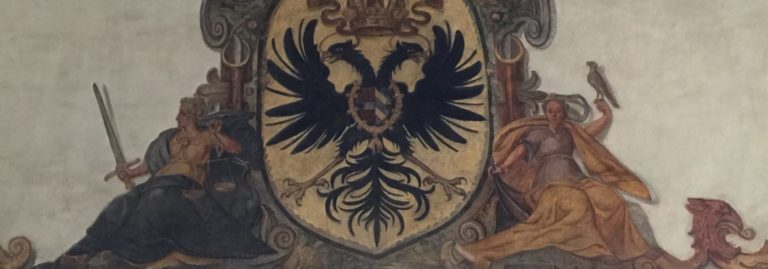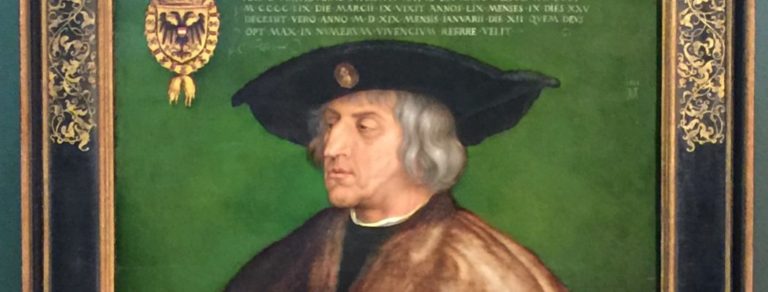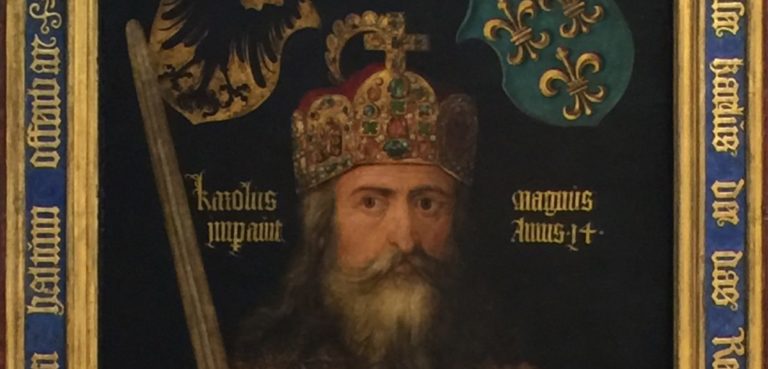As you wend your way along the legendary rivers of Europe, you are traveling through great religious battlegrounds. The story of Christianity may have begun in Jerusalem, but it has been embellished in the chronicles of Europe. What started as a small, fervent movement of believers has spawned three significant religious institutions. The history of every major center you visit will remind you of the events that split the church, not once, but twice. You’ll also be reminded of the constant rivalry with neighboring Islam.

One consequence of the expansion of the Roman Empire across western and southern Europe was that any major natural intersection of byways became a garrison town which then became a population center. Once Constantine made it politically correct to be Christian, the Roman Church sent bishops to all the significant towns that had sprung up along the borders and the pilgrimage routes.
When the Empire dissolved, the most pervasive organization, from Gaul to Constantinople, was the Church. Kings came and went. Border lines shifted one way, then another. Political systems rose, then, fell. But, for two thousand years, the Christian church has been a second sovereignty throughout the continent. The First Thousand Years: A Global History of Christianity
The history of the Christian church is inextricably woven throughout the history of Europe. There are two primary reasons for this: 1) monarchs have always insisted on meddling in the affairs of the church, and 2) church leaders have always insisted on meddling in the affairs of the sovereigns. Occasionally, these intrusions were actually intended for the betterment of the community. Most of the time, however, they merely served a need for prelate or king to justify the existence or primacy of their own interests.
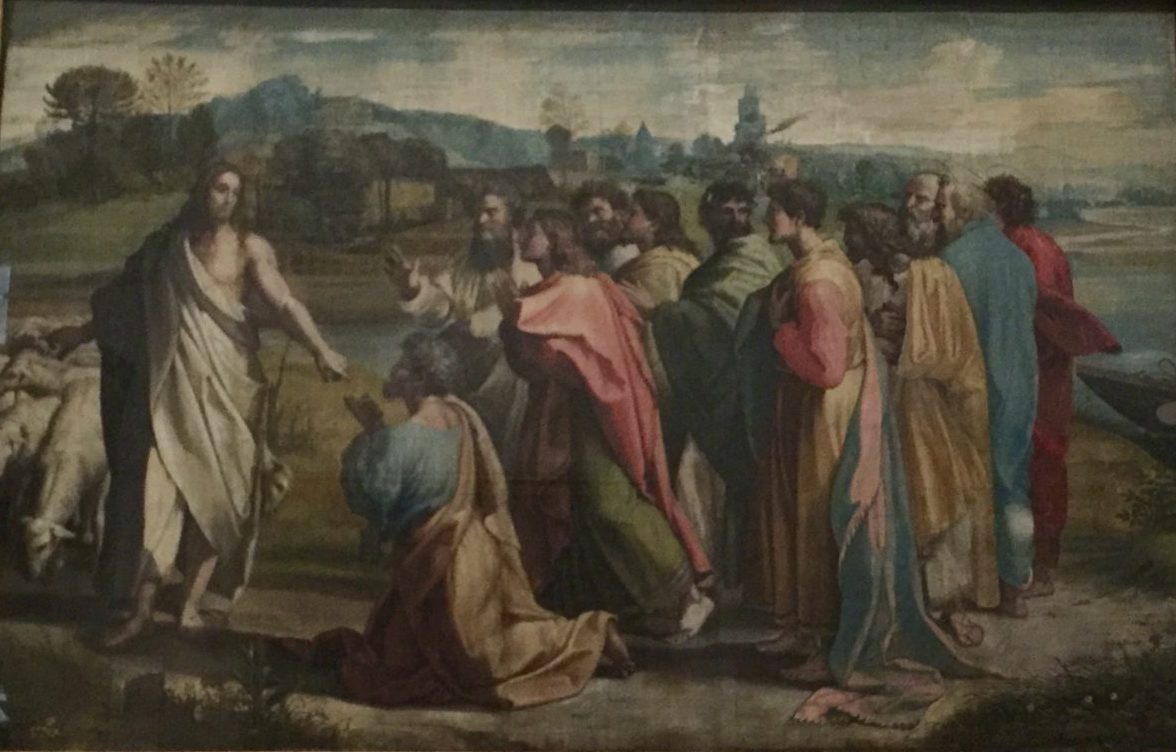
The Christian church has lasted over two millennia, longer than just about any other organization on earth. So, it must be delivering on its promise at some level throughout its several communities. However, it has certainly suffered every shortcoming known to large organizations.
As a result, this remarkably inspirational movement began to fracture at an early age and has never realized the true possibilities that might have been achieved by a unified Christian church.
Two cataclysmic grievances wrested unity from the hands of the leaders of the Roman Christian church. Over the course of the first millennium of Christianity, dissatisfaction, discontent, disagreement or downright jealousy with the concept of the primacy of the Bishop of Rome split the church in two, between Roman and Orthodox faiths, basically along the lines of the Eastern and Western Roman Empires.
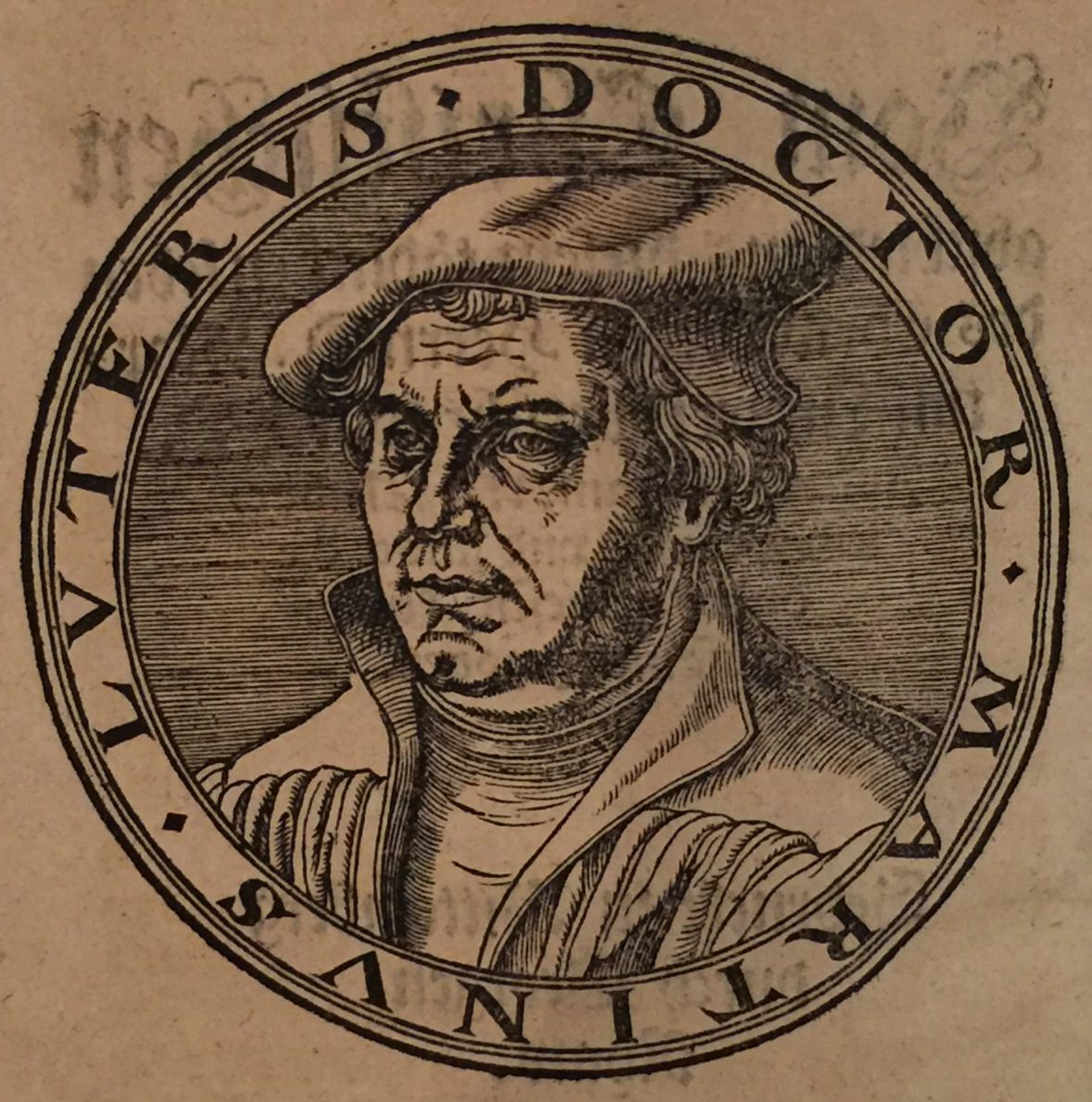
Then, half way through its second millennium, disgust with papal corruption and greed brought criticism crashing down on the concept of papal infallibility, even calling into question the need for a pope at all. Martin Luther’s pious attempts at reform spun out of control and the Protestant faiths were born.
The sources of both controversies are found in fifty-five words of translated scripture. In the Gospel of Matthew, verses 16:13-20, (King James Version), Jesus is quoted as saying: “That thou art Peter, and upon this rock I will build my church; and the gates of hell shall not prevail against it. I will give you the keys of the kingdom of heaven; whatever you bind on earth will be bound in heaven, and whatever you loose on earth will be loosed in heaven”.
The tradition of the Christian Church of Rome is that Peter was the leader of the disciples. This has been interpreted to mean he was first among all other disciples and that his leadership and pronouncements of church doctrine should be accepted by all congregations. In theory, Peter, the first Bishop of Rome, passed these endowments on to Linus, his successor, and all the Roman popes that followed. Keepers of the Keys of Heaven: A History of the Papacy
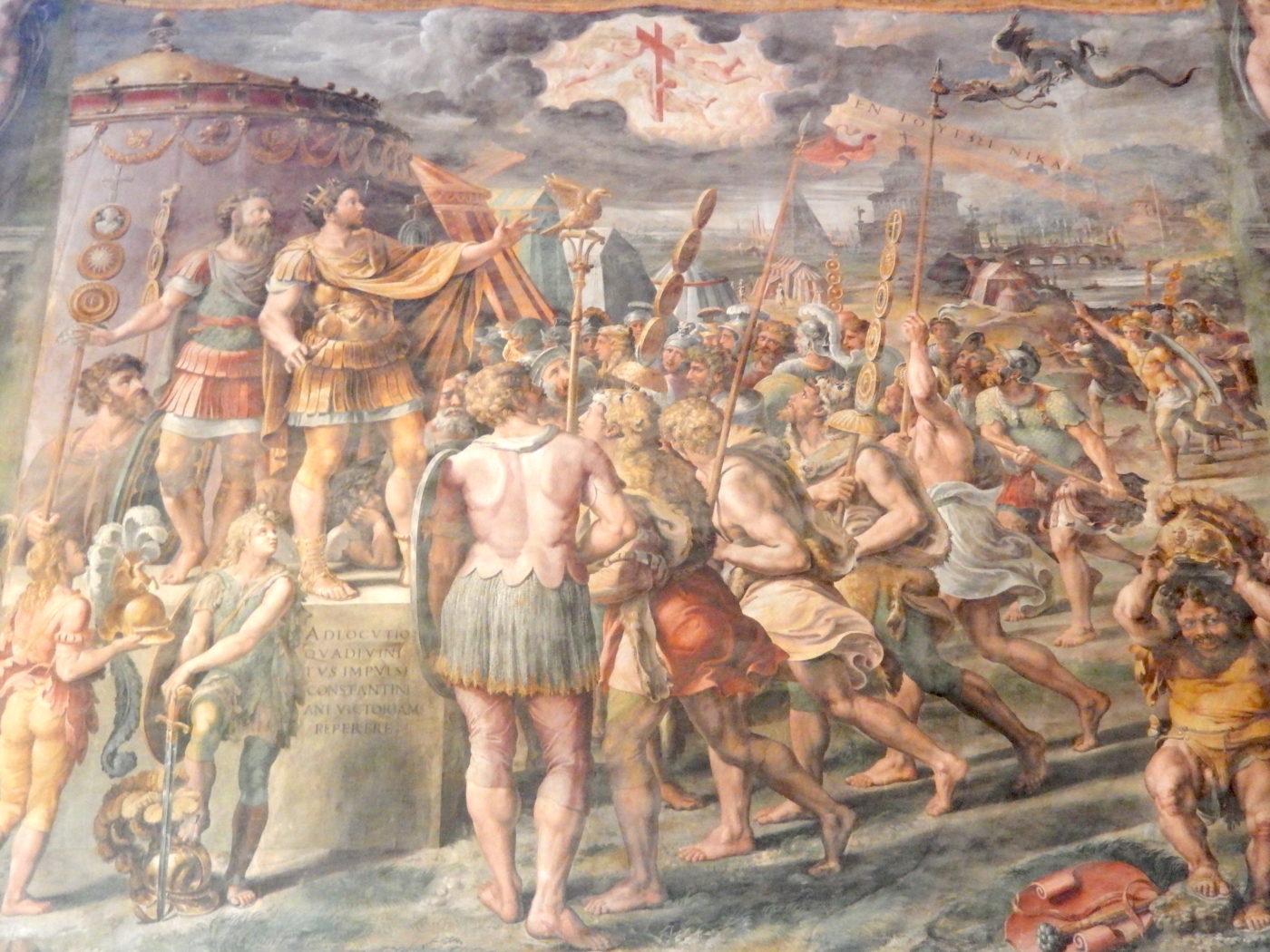
During the first three centuries after the crucifixion, nobody cared to challenge the notion that the Roman Bishop was number one. It was a dangerous time for anyone to be labeled a Christian. Then, along came Constantine. He made it fashionable to be Christian. But, when he named Constantinople his capital, everything changed.
It might have been a smart move for the Roman bishop to follow Constantine around, to relocate, or at least to have found a way to get a close confederate named to the Bishop’s seat in Constantinople. There seems to be no record of any such efforts. All the while, the Emperor’s man in Constantinople continued to accumulate gravitas. Instead of any kind of accommodation, Rome continued to insist on being, “the first among equals”.
The primacy question festered among the several bishops over the centuries until a determined band of desert nomads in Saudi Arabia subdued all comers and established Islam. While Germanic and Caucasian migrations had weakened the Roman hold on Western Mediterranean real estate, the Muslim armies swept across northern Africa, the Middle East and into Turkey. Of the five major Christian Bishoprics, the Muslims controlled three: Jerusalem, Antioch, and Alexandria. Just like an Agatha Christie mystery: “then, there were two!” The rivalry deepened.
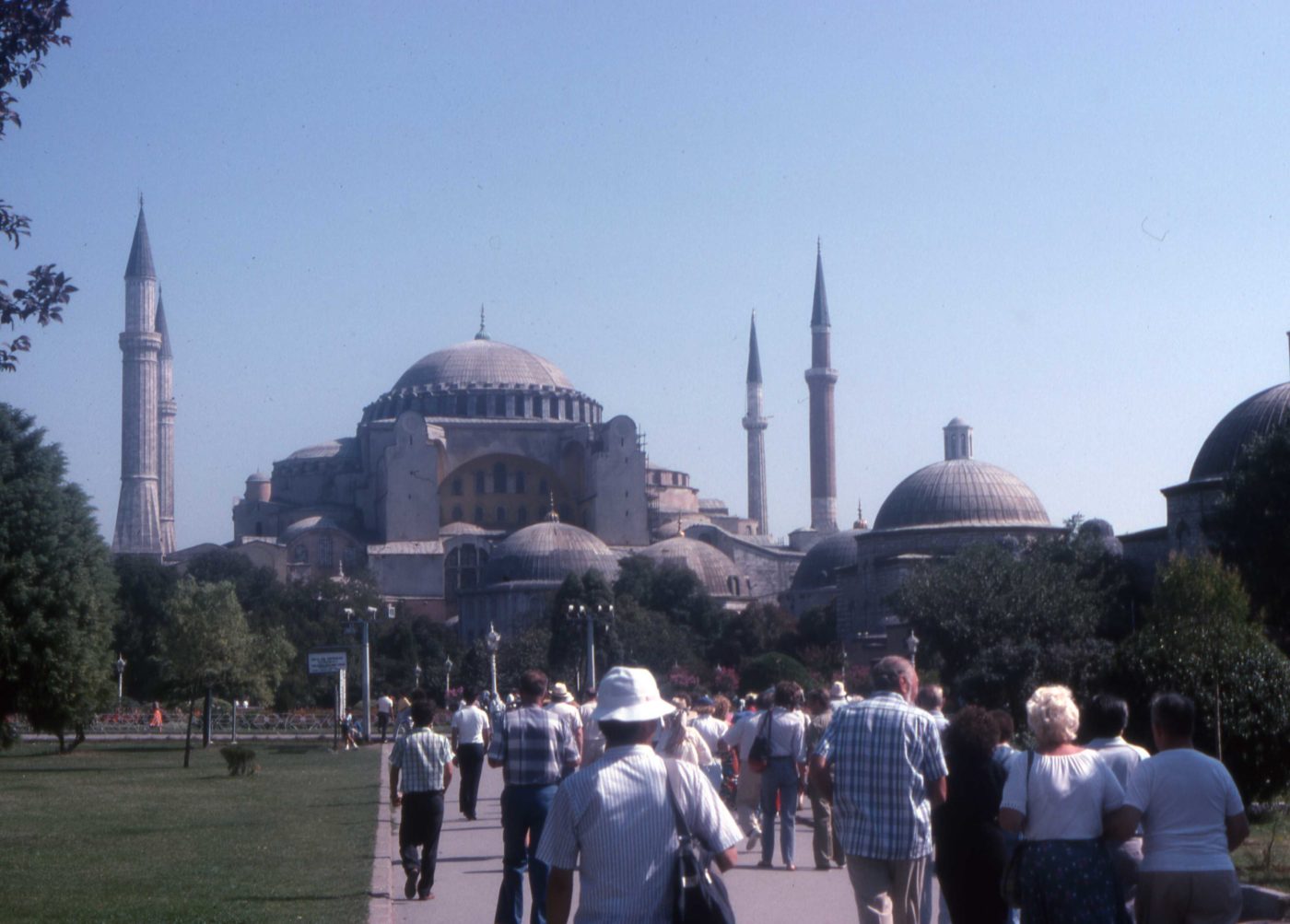
Rome never backed off their position about primacy. By 1054 CE, the Constantinople Bishop, Patriarch Michael Cerularius, was fed up. Pope Leo IX had sent a letter defending his position, which Michael took as an affront to the Eastern Church. Michael closed the Latin churches in Constantinople. Leo’s agent excommunicated Michael, who promptly excommunicated Leo (who had already died).
The Church was wrenched apart. This was the famous “Great Schism”. To this day, East is Orthodox and West is Catholic. His Broken Body: Understanding and Healing the Schism between the Roman Catholic: An Orthodox Perspective – Expanded Edition
It wasn’t until 1965 that the Roman and Orthodox churches declared an end to the mutual excommunication and attempted to display some reconciliation. However, Rome has never relented on its claim of primacy. So, don’t expect a complete celebration anytime soon.
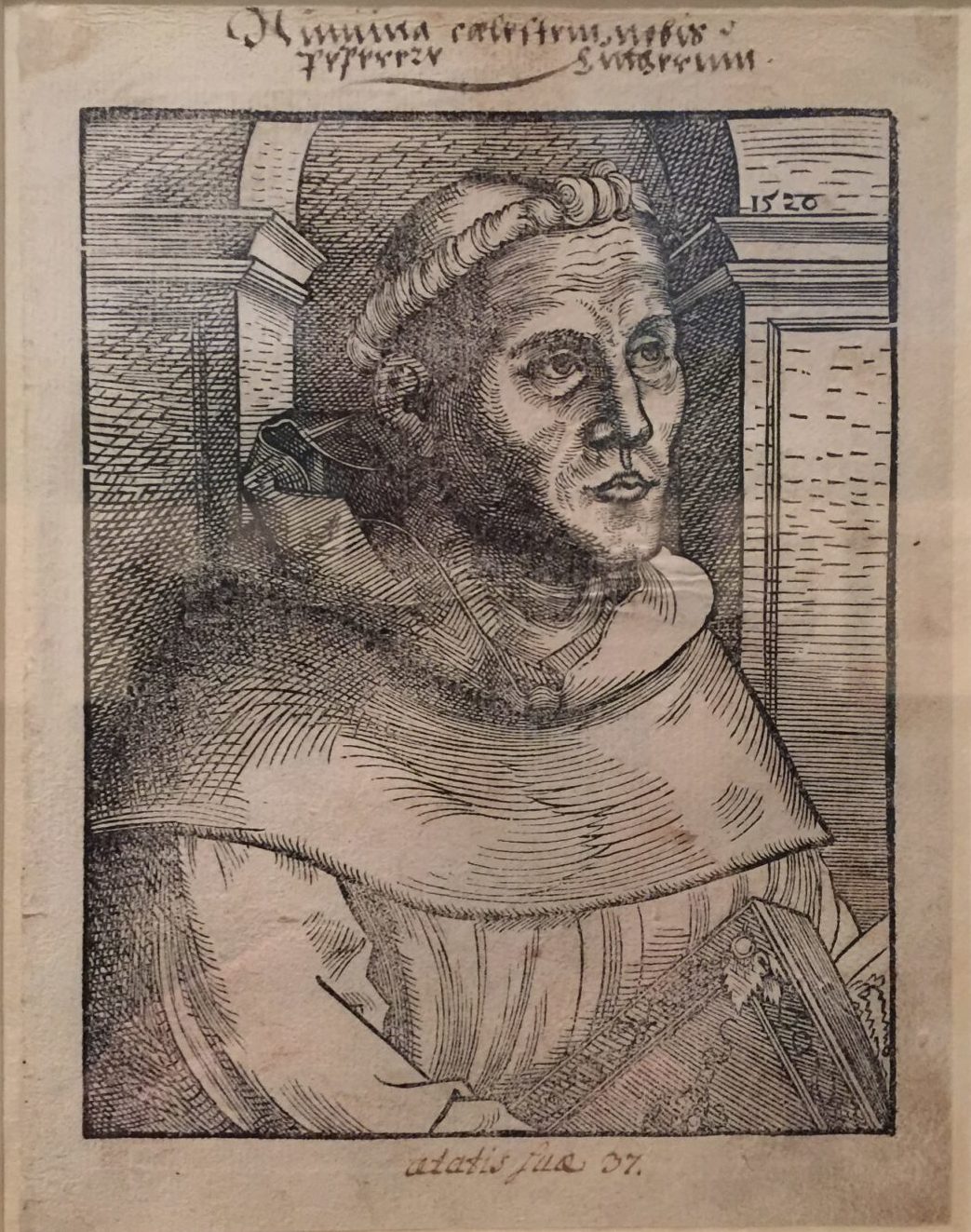
The other aspect of Matthew’s verse is the doctrine of papal infallibility. This is not just a question about the intelligence of papal pronouncements. It basically means that to be connected with God and to have any hope of salvation, you have to have the Roman Catholic Church and Pope on your side.
By 1517 CE, after centuries of disappointing popes mired in war, corruption, greed, and power politics, a young German priest in Wittenberg came to the conclusion that the Church and the Pope were not essential for a healthy relationship with God. Here I Stand: A Life of Martin Luther
Martin Luther’s challenge sparked the Reformation, the Counter-Reformation, and about 130 years of wars across Europe. (See the article “Sweden’s Fifteen Minutes of Fame” in the Baltic cruise section.) At its heart, the controversy was more about the authority of the Pope than about the lessons of the New Testament. Again, the European Christian Church suffered a significant defection of Protestant faiths that remains to this day. The Reformation
It is interesting to speculate how the impact of Christianity and the Christian Church might have been different if it had remained one unified faith. The landscape of Europe is cluttered with church spires, cathedral towers and minarets, as well as battlefields, border checkpoints, and some lingering rivalries that attest to the price of its fractured parts.
With much of your cruise itinerary winding through Protestant Germanic Europe and Orthodox Eastern Europe, many of the historic and cultural attractions you will visit will relate to these controversies. The overlap of sovereign and ecclesiastical politics has been pervasive. And it all stems from 55 words of scripture.




